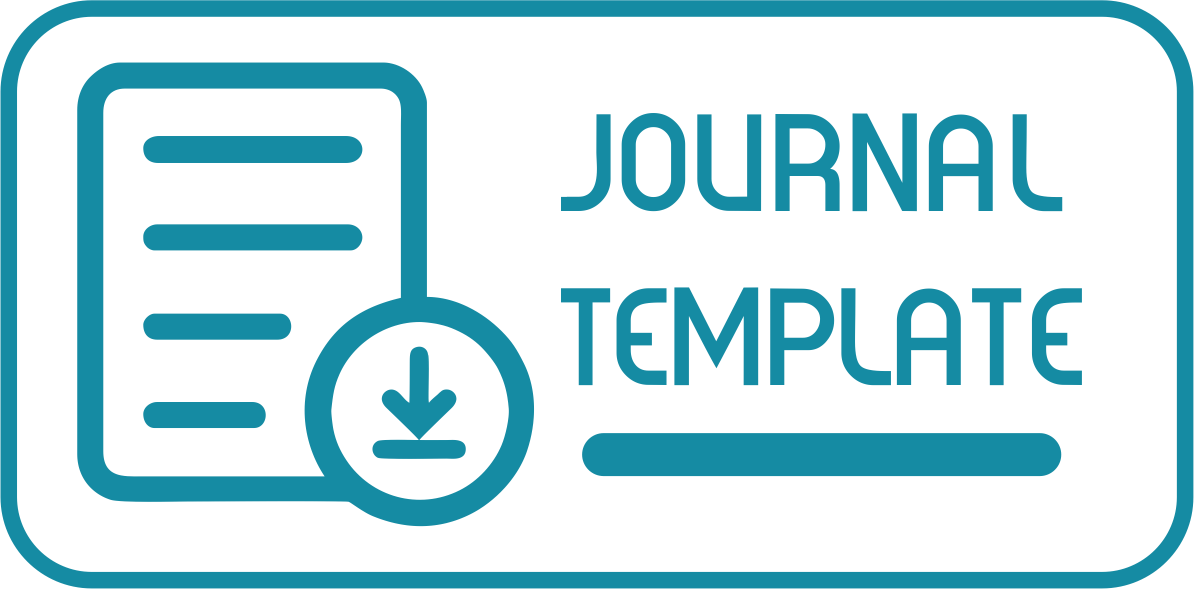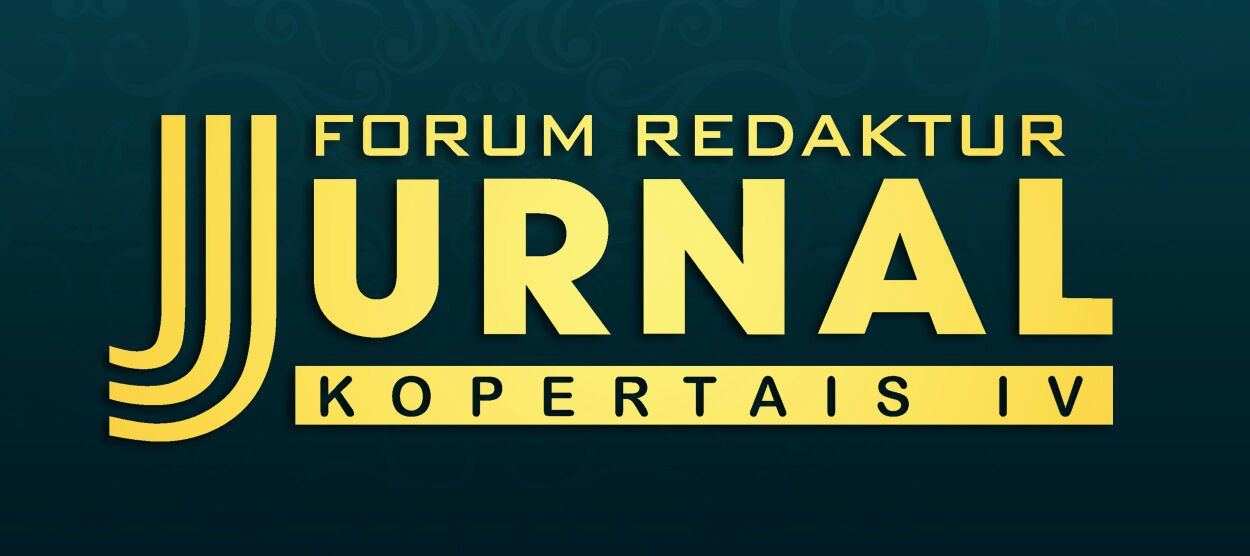PANDANGAN TOKOH AGAMA TERHADAP PENGELOLAAN ZAKAT FITRAH UNTUK MELUNASI HUTANG PEMBANGUNAN MASJID
PANDANGAN TOKOH AGAMA TERHADAP PENGELOLAAN ZAKAT FITRAH UNTUK MELUNASI HUTANG PEMBANGUNAN MASJID
DOI:
https://doi.org/10.35897/intaj.v7i1.941Keywords:
management, zakat fitrah, mosque construction debts, religious leaders’ opinionsAbstract
The management of zakat fitrah in Kalipakem Donomulyo Malang is often carried out by takmir of mosques and prayer rooms. Zakat fitrah is not only distributed to the poor, but is also distributed to finance the construction of mosques/mushalas. This study aims to describe the management of zakat in Kalipakem and to analyze the views of the religious leaders of the hamlet on the management of zakat fitrah for mosque construction debts. It is a qualitative research. The collecting data method is interviews and documentation. The data analysis applied includes the stages of data reduction, data presentation, and drawing conclusions.
The overall results of the data that have been analyzed illustrate that: 1) for the construction of a mosque in Kalipakem Donomulyo is interpreted as fi ifī sabīl Allāh and ghārim. The meaning of Fī sabīl Allāh is defined as the allocation of consumption needs and building material funds during the mushala construction process. Zakat distributors for the construction of mosques are not official `Amil. 2) The views of religious leaders regarding the distribution of zakat fitrah for the construction of mosques are divided into two categories, namely agreeing with the terms and not agreeing. The Ulama group that agreed was from LDII, NU, and MUI. While Muhammadiyah has a different view, disagreeing with the distribution of zakat fitrah for the construction of mosques.
Downloads
References
Azhar, Muhamad dan Kornelius Benuf, (2022) “Metodologi Penelitian Hukum Sebagai Instrument Mengurai Permasalahan Hukum Kontemporer”, Jurnal Gema Keadilan Vol.7, no.1 dalam http://ejournal2.undip.ac.id diakses tanggal 23 September 2022
Al-Azhar, Fatwa (2019) - Vol. 1/hal. 139 dalam https://www.laduni.id/post/read/61513/hukum-menyalurkan-zakat-untuk-pembangunan-masjid.html. diakses pada 16 Februari 2023
Fadhilah, Nur (2017). “Fiqh Zizwaf”, Hand Out, Tulungagung: Fakultas Syariah dan Ilmu Hukum IAIN Tulungagung
Al-Ghazali, Abu Hamid Muhammad bin-Muhammad (2017), Ringkasan Ihya’ Ulumuddin, Yogyakarta: Hikam Pustaka
Habibulloh, Eka Sakti (2022). “Implementasi Pengalokasian Zakat Pada Ashnaf Fii Sabilillaah (Studi Ijtihad Ulama Klasik Dan Kontemporer)”, Jurnal Hukum Dan Pranata-Sosial Islam, dalam http://jurnal.staialhidayahbogor.ac.id diakses tanggal 22 November 2022
Herlina, Hairin, et.all., (2018). “Penggunaan & Peruntukan Zakat Bagi Tujuan Pembinaan Dan Penylenggaraan Masjid di Bawah Kategori Ashnaf “Fī sabīl Allāh”, International Journal of Islamic and Finance Research, Vol. 1, No. 1, dalam http://ijiefer.kuis.edu.my/ircief/article/view/7 diakses tanggal 22 November 2022
Ishaq, (2017). Metode Penelitian Hukum dan Penulisan skripsi, Tesis serta Disertasi, Bandung: Alfabeta
Kementerian Agama Republik Indonesia, (2013). Panduan Zakat Praktis, Jakarta: Kementerian Agama Republik Indonesia
Moleong, Lexy J. (2015). Metodologi Penelitian Kualitatif, Bandung: PT Remaja Rosdakarya
Saputra, Ari, dan Bayu Mitra Adhyatma Kusuma, (2022). “Revitalisasi Masjid Dalam Dialektika Pelayanan Umat Dan Kawasan Prekonomian Rakyat” Jurnal Manajemen Dan Administrasi Islam, Vol. 1, Nom. 1 dalam https://jurnal.ar-raniry.ac.id/index.php/alidarah/article/view/1522 diakses tanggal 02 Oktober 2022
Sibromulisi, (2022). “Zakat: Definisi, Sejarah dan Hikmahnya” dalam https://islam.nu.or.id, diakses 17 Oktober 2022
Downloads
Published
How to Cite
Issue
Section
License
Copyright (c) 2023 Bahrul Ulum, Mukhammad Nur Azis

This work is licensed under a Creative Commons Attribution-NonCommercial 4.0 International License.







